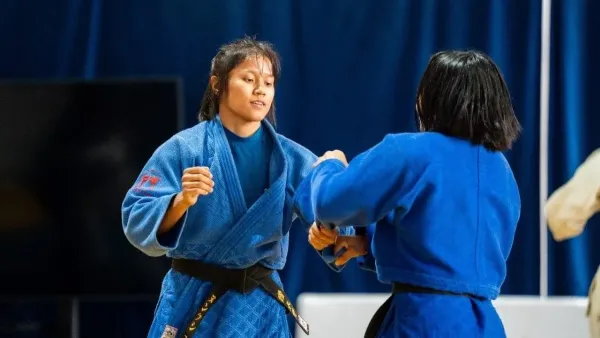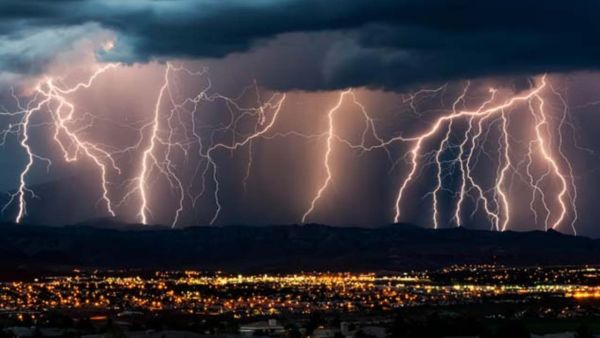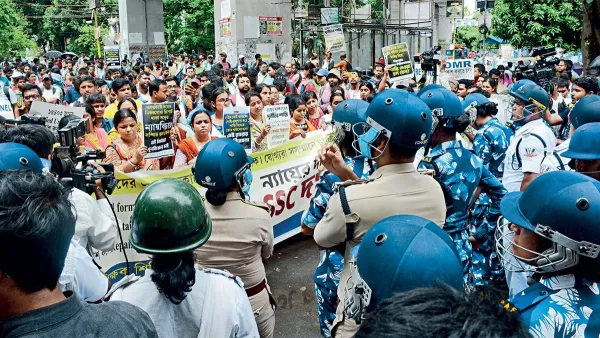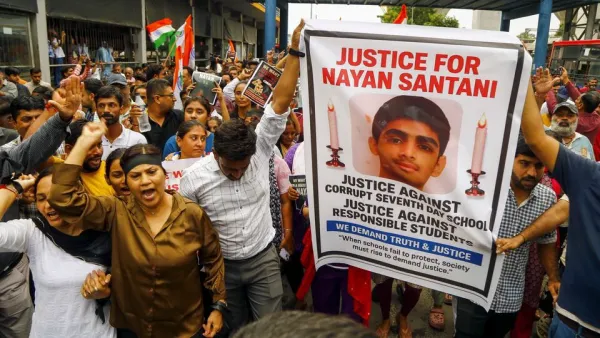Yoga and Anxiety: Finding Calm Through Ancient Wisdom
In a world racing with deadlines, social pressures, and a constant buzz of technology, anxiety has become an unwelcome companion for many. Yet, as countless people search for relief from worry and restlessness, a growing number are finding refuge in the ancient Indian science of yoga—a practice woven with wisdom, breath, and movement.
The Ancient Roots of Modern Calm
Yoga is much more than a series of physical postures. Rooted in centuries-old teachings, it brings together mind, body, and breath, creating a holistic approach to health. Pranayama (breathwork), meditation, and asanas (postures) are central to yoga's power in calming anxious minds.
Real-life Transformations
Consider the story of Sakshi Sharma, a young marketing executive in Delhi, overwhelmed by job stress and social anxiety. After repeated bouts of insomnia and panic attacks, she started attending local yoga classes focused on breath control and gentle postures. Simple practices like Anulom Vilom (alternate nostril breathing) and Child’s Pose (Balasana) became part of her morning routine. Within weeks, she noticed a significant shift—her sleep improved, she began managing workplace stress better, and the haze of anxiety slowly lifted.
Similar experiences have been reported in Mumbai's business hubs, where pressure is relentless. Kuber Tomar, an IT manager, struggled with anxiety-induced migraines. Turning to yoga, he practiced daily Kapalbhati (skull-shining breath) and Bhujangasana (Cobra Pose) after reading about their benefits for stress relief. “Yoga taught me not just postures, but how to slow my breath and calm my mind,” he shares. “Now, the migraines are rare, and anxiety doesn’t control my workday.”
Why Does Yoga Help?
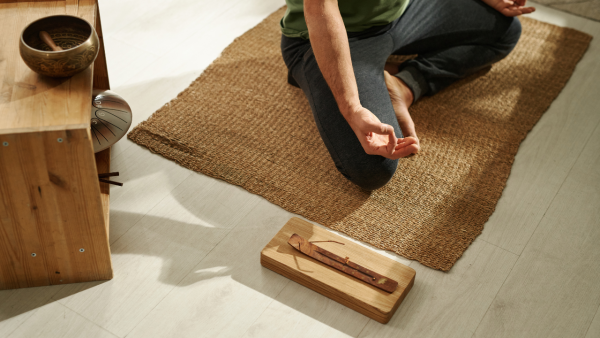
Yoga works at multiple levels:
Physical: It helps release tension stored in muscles, especially those tightened by stress—the neck, shoulders, and lower back.
Mental: The focus on breath and movement acts as a meditative anchor, drawing attention away from racing thoughts and grounding the mind
Emotional: Regular practice cultivates a sense of empowerment, self-awareness, and acceptance.
Baba Ramdev , a leading proponent of modern yoga, prescribes specific pranayamas—like Anulom Vilom, Bhastrika, and Kapalbhati—to alleviate anxiety, recommending just five minutes a day to begin seeing results. He explains, “By doing these pranayams, the mind becomes calm, irritability gradually reduces, and the body feels relaxed”.
Practical Steps: Poses and Pranayama

Some effective starting points for tackling anxiety include:
Child’s Pose (Balasana): Restores emotional balance by promoting introspection and gentle stretching.
Cat-Cow Pose (Marjaryasana-Bitilasana): Harmonizes breath with movement and eases tension.
Tree Pose (Vrksasana): Enhances focus and inner calm, reducing anxious thoughts.
Pranayama: Anulom Vilom and Kapalbhati boost oxygen supply and clear mental fog.
Ancient wisdom and modern advice
Acharya Balkrishna , an authority on Ayurveda and yoga, frames yoga’s gifts beautifully: “Who will not be delighted to behold the exotic scenery and flora of the barren lands of the Himalayas? Similar is the power of Yoga which beautifies the deserted life and fructifies hope in the shattered hearts. By taking refuge in Yog, the fallow mind will blossom into flowers indeed”.
Another insightful quote from Acharya Balkrishna underscores the journey: “The benefits of Yog or Pranayam constitute a fact that can be established only from personal experience and regular practice”.
Anxiety is a complex, deeply personal experience, but the ancient wisdom of yoga offers a gentle, proven path to calm. Whether you are a busy professional, student, or homemaker, integrating yoga into your day can gradually transform anxiety into resilience and restlessness into peace. The journey begins with a single breath, and as the sages remind us, blossoms with regular practice and self-discovery.
For people struggling with anxiety, this philosophy offers a practical and sustainable approach. Instead of only treating symptoms, yoga works to address the root cause, which is often a restless and overactive mind. Through breathwork (pranayama), mindful postures (asanas), and meditation, practitioners learn to slow down their thoughts, creating mental space and emotional resilience.
The Ancient Roots of Modern Calm
Yoga is much more than a series of physical postures. Rooted in centuries-old teachings, it brings together mind, body, and breath, creating a holistic approach to health. Pranayama (breathwork), meditation, and asanas (postures) are central to yoga's power in calming anxious minds.
Real-life Transformations
Consider the story of Sakshi Sharma, a young marketing executive in Delhi, overwhelmed by job stress and social anxiety. After repeated bouts of insomnia and panic attacks, she started attending local yoga classes focused on breath control and gentle postures. Simple practices like Anulom Vilom (alternate nostril breathing) and Child’s Pose (Balasana) became part of her morning routine. Within weeks, she noticed a significant shift—her sleep improved, she began managing workplace stress better, and the haze of anxiety slowly lifted.
Similar experiences have been reported in Mumbai's business hubs, where pressure is relentless. Kuber Tomar, an IT manager, struggled with anxiety-induced migraines. Turning to yoga, he practiced daily Kapalbhati (skull-shining breath) and Bhujangasana (Cobra Pose) after reading about their benefits for stress relief. “Yoga taught me not just postures, but how to slow my breath and calm my mind,” he shares. “Now, the migraines are rare, and anxiety doesn’t control my workday.”
Why Does Yoga Help?

Yoga works at multiple levels:
Physical: It helps release tension stored in muscles, especially those tightened by stress—the neck, shoulders, and lower back.
Mental: The focus on breath and movement acts as a meditative anchor, drawing attention away from racing thoughts and grounding the mind
Emotional: Regular practice cultivates a sense of empowerment, self-awareness, and acceptance.
Baba Ramdev , a leading proponent of modern yoga, prescribes specific pranayamas—like Anulom Vilom, Bhastrika, and Kapalbhati—to alleviate anxiety, recommending just five minutes a day to begin seeing results. He explains, “By doing these pranayams, the mind becomes calm, irritability gradually reduces, and the body feels relaxed”.
Practical Steps: Poses and Pranayama

Some effective starting points for tackling anxiety include:
Child’s Pose (Balasana): Restores emotional balance by promoting introspection and gentle stretching.
Cat-Cow Pose (Marjaryasana-Bitilasana): Harmonizes breath with movement and eases tension.
Tree Pose (Vrksasana): Enhances focus and inner calm, reducing anxious thoughts.
Pranayama: Anulom Vilom and Kapalbhati boost oxygen supply and clear mental fog.
Ancient wisdom and modern advice
Acharya Balkrishna , an authority on Ayurveda and yoga, frames yoga’s gifts beautifully: “Who will not be delighted to behold the exotic scenery and flora of the barren lands of the Himalayas? Similar is the power of Yoga which beautifies the deserted life and fructifies hope in the shattered hearts. By taking refuge in Yog, the fallow mind will blossom into flowers indeed”.
Another insightful quote from Acharya Balkrishna underscores the journey: “The benefits of Yog or Pranayam constitute a fact that can be established only from personal experience and regular practice”.
Anxiety is a complex, deeply personal experience, but the ancient wisdom of yoga offers a gentle, proven path to calm. Whether you are a busy professional, student, or homemaker, integrating yoga into your day can gradually transform anxiety into resilience and restlessness into peace. The journey begins with a single breath, and as the sages remind us, blossoms with regular practice and self-discovery.
For people struggling with anxiety, this philosophy offers a practical and sustainable approach. Instead of only treating symptoms, yoga works to address the root cause, which is often a restless and overactive mind. Through breathwork (pranayama), mindful postures (asanas), and meditation, practitioners learn to slow down their thoughts, creating mental space and emotional resilience.
Read more


